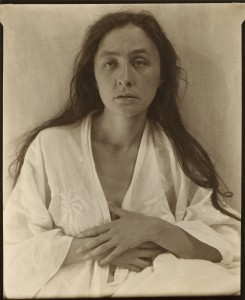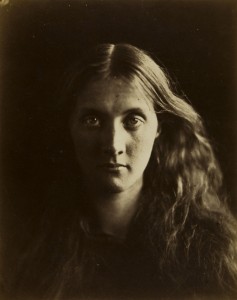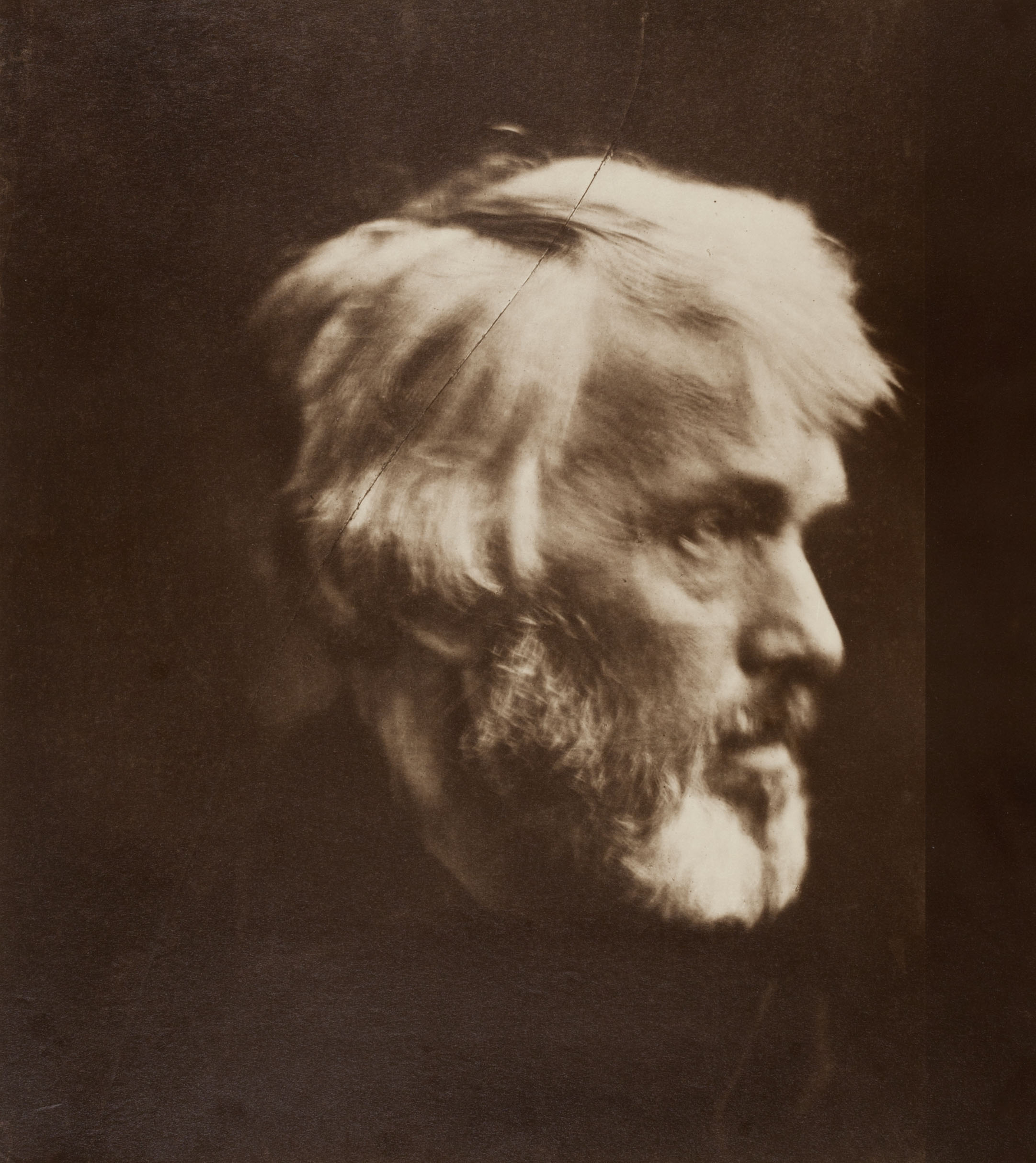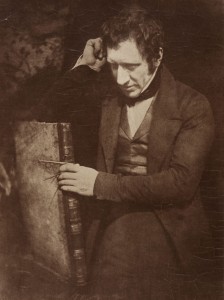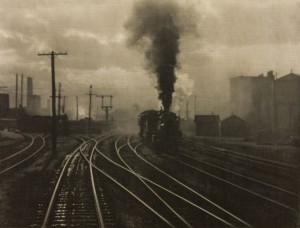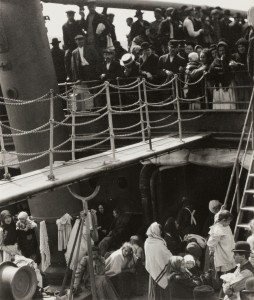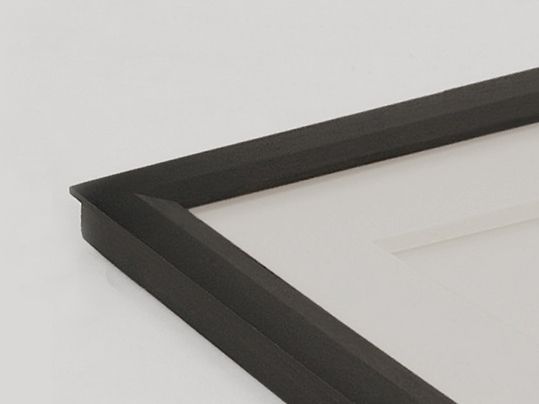Milwaukee Art Museum – Restored. Reinstalled. Reimagined.
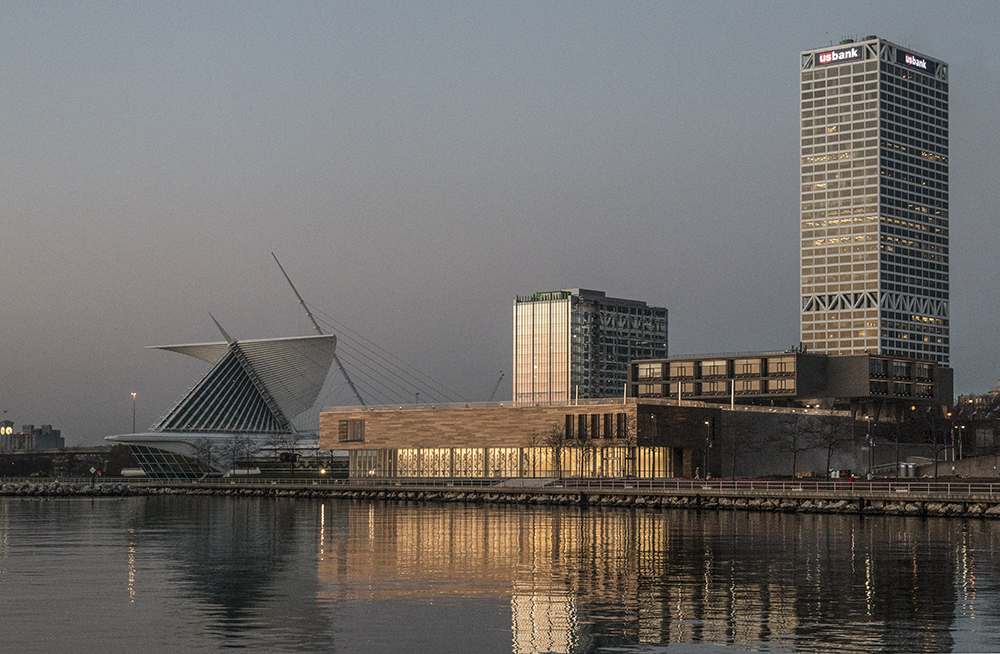
The Milwaukee Art Museum, the largest visual art institution in Wisconsin and one of the oldest art museums in the nation, will reopen its Collection Galleries to the public November 24. The reopening is the culmination of a 6-year, $34 million project to transform the visitor experience through dramatically enhanced exhibition and public spaces and bright, flowing galleries.
“The new Milwaukee Art Museum is poised to set the standard for a twenty-first-century museum at the heart of a great city,” said Museum Director Daniel Keegan. “What began as a desire to preserve the space and Collection grew into a significant expansion that rejuvenates and sets the future course for the entire institution.”
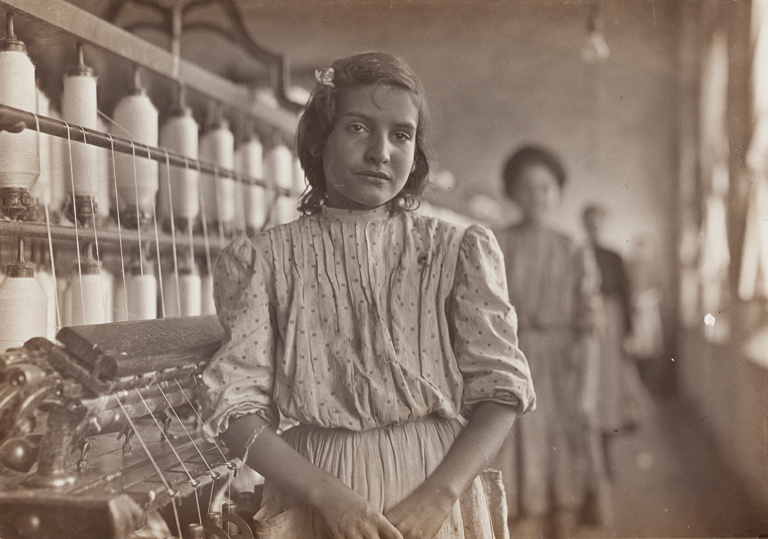
Lewis Wickes Hine American, 1874?1940
A Carolina Spinner 1908 Gelatin silver print
4 11/16 x 6 5/8 in. (11.91 x 16.83 cm)
Milwaukee Art Museum, Gift of the Sheldon M. Barnett Family
M1973.83 Photo by John R. Glembin
Herzfeld Center for Photography and Media Arts Makes Milwaukee Hub for Growing Art Field
As part of its November 24, 2015, grand reopening, the Milwaukee Art Museum will debut the new Herzfeld Center for Photography and Media Arts, a 10,000-square-foot space devoted to a global array of photography, film, video installation, and media art. Unparalleled in size and scope for the region, the Center will present the Museum’s rarely seen photography collection of 3,800 works, and will host exhibitions by world-renowned artists working in photography, film, video and digital media. It is funded by a generous gift from long-time supporters, the Herzfeld Foundation.
As the Museum’s first dedicated space for light and media art, and signals both the growing importance of photography and media art as art forms and as a cornerstone of the Museum’s Collections.
“The Herzfeld Center makes Milwaukee the new destination for photography and media art audiences nationwide,” said Lisa Sutcliffe, curator of photography and media arts. “Milwaukee’s photography and film community is a vibrant part of the cultural landscape of the city, and the Museum now reflects these vital art forms.”
The Center’s inaugural exhibition, Light Borne in Darkness, presents highlights from the Museum’s Collection, shown together for the first time. Visitors can discover the history of the medium through its most important masters, including Edward Steichen, whose Pool, Milwaukee (ca. 1899), launched his career as a photographer; Alfred Stieglitz, considered the father of American photography; Wisconsin native and social reformer Lewis Hine; American masters Diane Arbus, Lee Friedlander, Garry Winogrand, and Stephen Shore; iconic works by Walker Evans, Louis Faurer, Robert Frank, and William Klein; and landmark works by Uta Barth, Roni Horn, and Lorna Simpson.
“Light Borne in Darkness: Photography Highlights from the Permanent Collection“
November 24, 2015–April 10, 2016
Herzfeld Center for Photography and Media Arts
Milwaukee Art Museum
Milwaukee, WI
FRAMING SPECIFICATIONS AND ADVICE
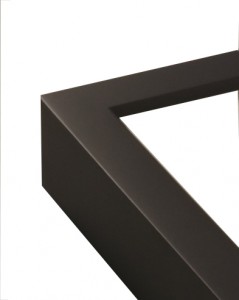
GALLERY FRAMES
Profile: 106
Type: Standard Gallery Frame
Wood & Finish: maple wood frame with black opaque finish
Purchasing Option: joined wood frame with matching splines
Custom Wood Strainer: 3/4″ wood frame strainer
Framing Advice: fitting gallery frames
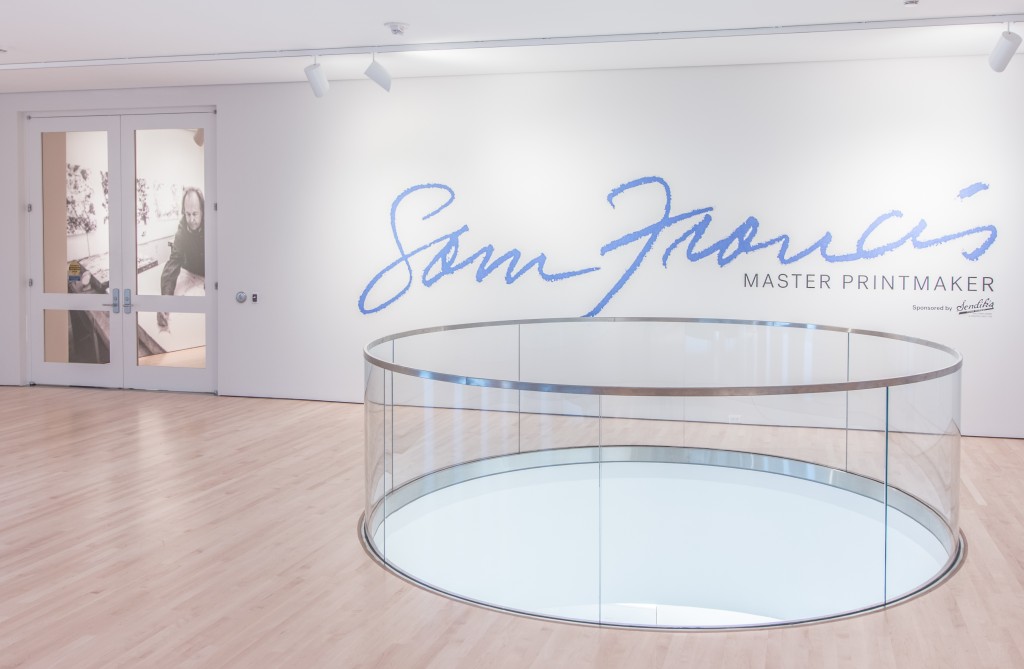
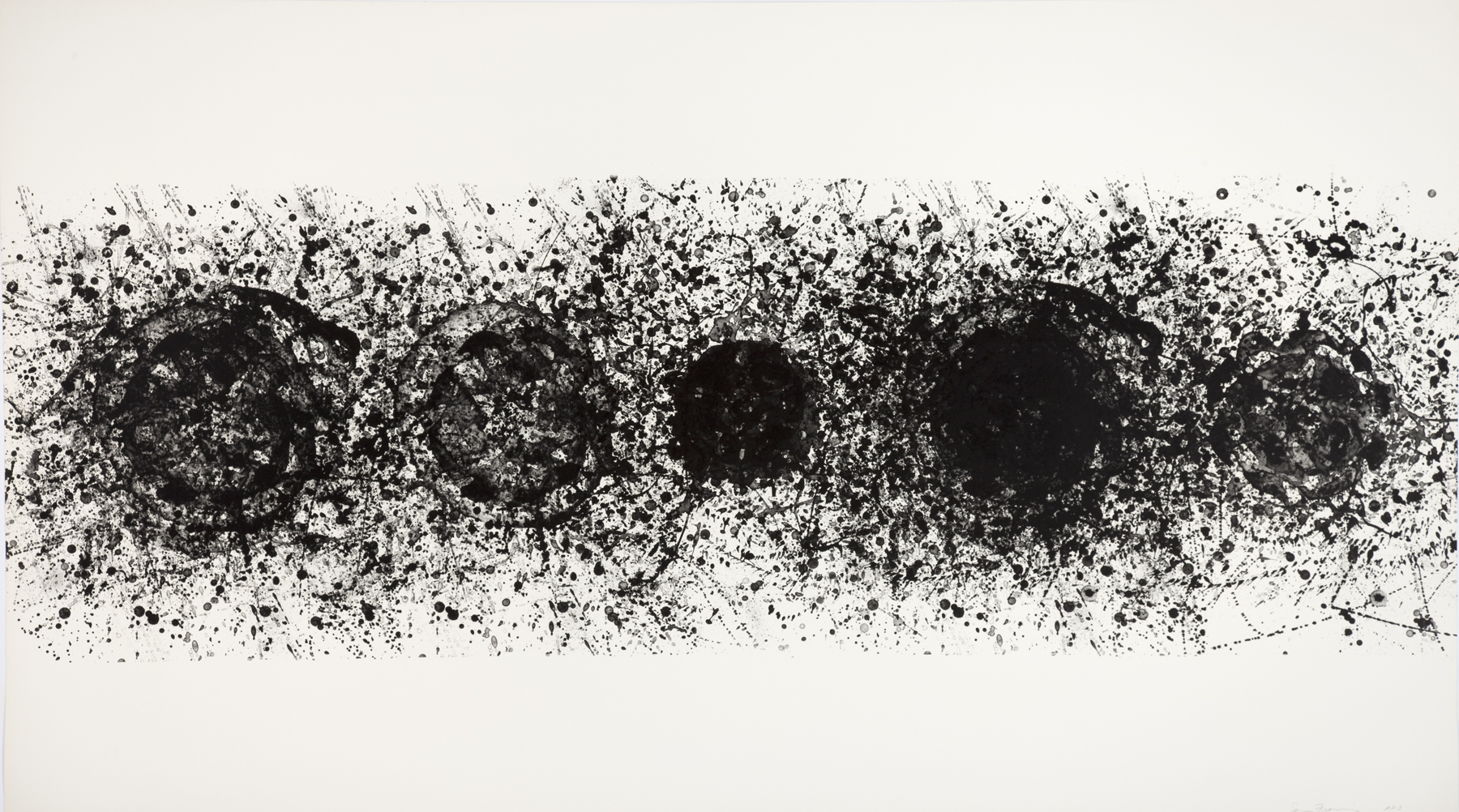
Sam Francis, Straight Line of the Sun, 1975. Milwaukee Art Museum, gift of the Sam Francis Foundation, California M2009.549. © Sam Francis Foundation, California / Artists Rights Society (ARS), New York. Photo by John R. Glembin.
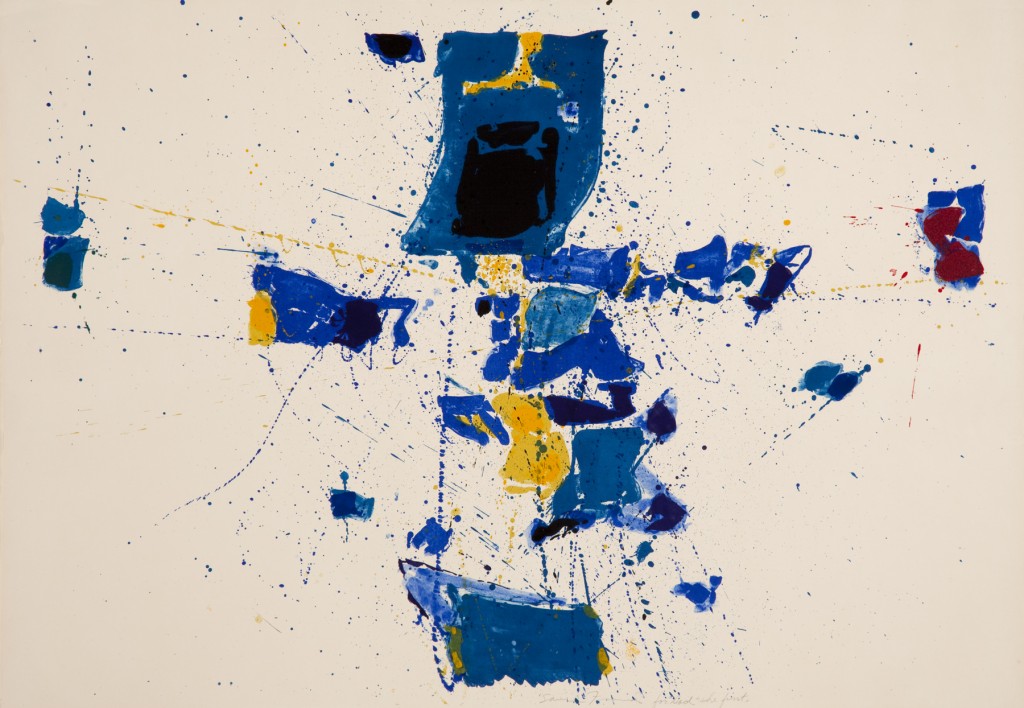
Sam Francis, First Stone, 1960. Milwaukee Art Museum, gift of the Sam Francis Foundation, California M2009.173. © Sam Francis Foundation, California / Artists Rights Society (ARS), New York. Photo by John R. Glembin.
The Milwaukee Art Museum will present Sam Francis: Master Printmaker, sponsored by Sendik’s Food Market, as the inaugural exhibition in the Bradley Family Gallery, a new 4,000-square-foot changing exhibition space in the Museum’s renovated and expanded Collection Galleries. It will be on view November 24, 2015– March 20, 2016.
Debuting as part of the Museum’s reopening celebration, Sam Francis: Master Printmaker honors the 2009 gift of more than five hundred prints from the Sam Francis Foundation that made the Milwaukee Art Museum the largest repository of the artist’s works on paper. It is the first time the works will be on view in Milwaukee.
“Sam Francis: Master Printmaker”
November 24, 2015–March 20, 2016
Milwaukee Art Museum
Milwaukee, WI
FRAMING SPECIFICATIONS AND ADVICE
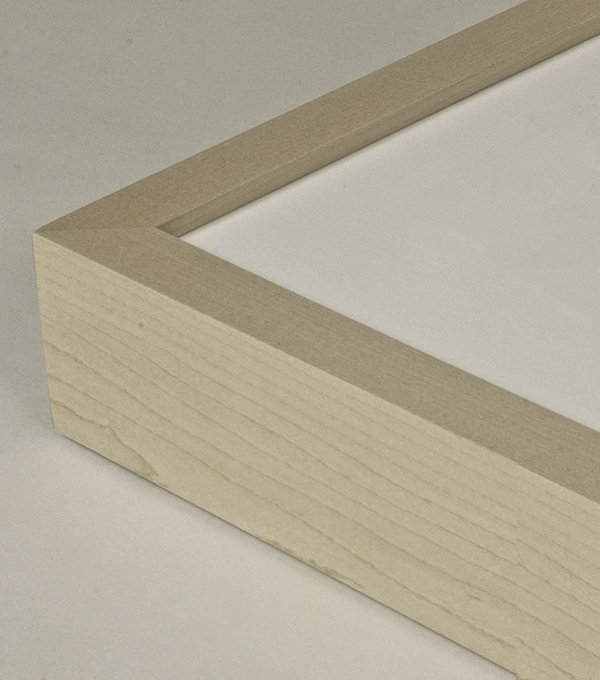
GALLERY FRAMES
Standard Profile: 101
Type: Standard Gallery Frame
Wood & Finish: maple wood frame with clear lacquer finish
Purchasing Option: joined wood frame
Custom Frame Strainer: 3/4″ wood frame strainer
Framing Advice: fitting gallery frames
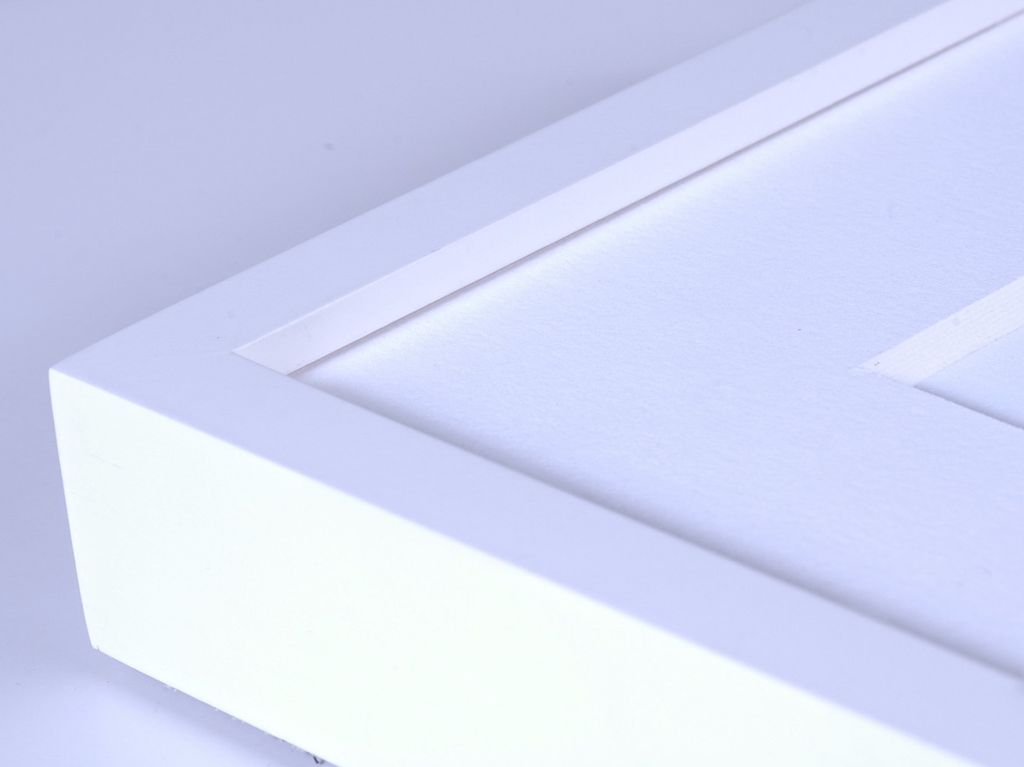
GALLERY FRAMES
Ultra Thin Profile: 114UT
Type: Ultra Thin Gallery Frame
Wood & Finish: maple wood frame with white opaque finish
Purchasing Option: joined wood frame with matching splines
Custom Wood Strainer: 1/2″ wood frame strainer
Framing Advice: fitting gallery frames
